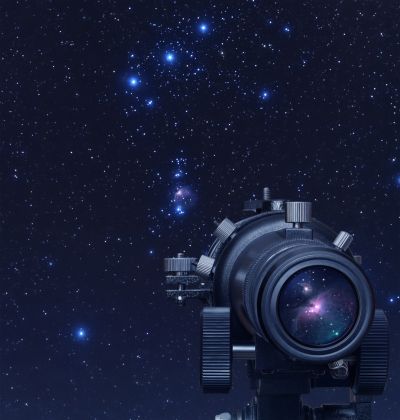Computing star formation rates in galaxies

Computing star formation rates in galaxies
One question that astronomers still try to answer is when in the history of our Universe were the stars in galaxies born. Measuring star formation rates (SFRs), although extremely challenging even in our home galaxy, offers an opportunity to test hypotheses for how galaxies have grown and evolved.
EU-funded scientists combined observations from multiple space missions
to improve our current understanding of the way star formation affects
galaxy evolution. Within the HER-SFR project, they analysed measurements
from the Spitzer Space Telescope (SST), the Galaxy Evolution Explorer
(GALEX), and the Herschel and Planck space observatories to study galaxy
components across a wide range of wavelengths.
Young stars shine particularly bright in the ultraviolet region of the electromagnetic spectrum, where GALEX obtained measurements. But stars are born within and from clouds of gas and dust. The light they emit is at least partially absorbed. Consequently, the dust heats up and then re-radiates the light in the infrared portion that can be detected from the Spitzer spectrograph.
Together with data from the Herschel and Planck satellites, HER-SFR scientists probed the entire spectral energy distribution of dust emissions –from infrared to submillimetre wavelengths. By combining different measurements used for the calculation of SFRs, it was possible to cross-correlate and in this way calibrate the different ways to estimate them.
Specifically, star-forming regions of dwarf galaxies, the Large Magellanic Cloud (LMC) and the nearby galaxy M33 were classified depending on their morphology. Infrared observations and observations in the visible from ground-based telescopes were used as input for photo-ionisation models. This step was necessary to reproduce the distribution of gas and dust around massive stars.
The SFR was then calculated for each object in the samples using as indicators of star formation the infrared H-alpha line and ultraviolet continuum emission. Differences between the two estimated SFRs provided long-sought evidence that leakage of ionising photons from star-forming regions affects their calculation.
Moreover, modelling the entire spectral energy distribution of dust emissions revealed that stellar radiation is leaving galaxies without heating dust within it. HER-SFR project results contribute to decades-long investigations into links between galaxies' evolution and their star-forming activity.
published: 2015-07-27